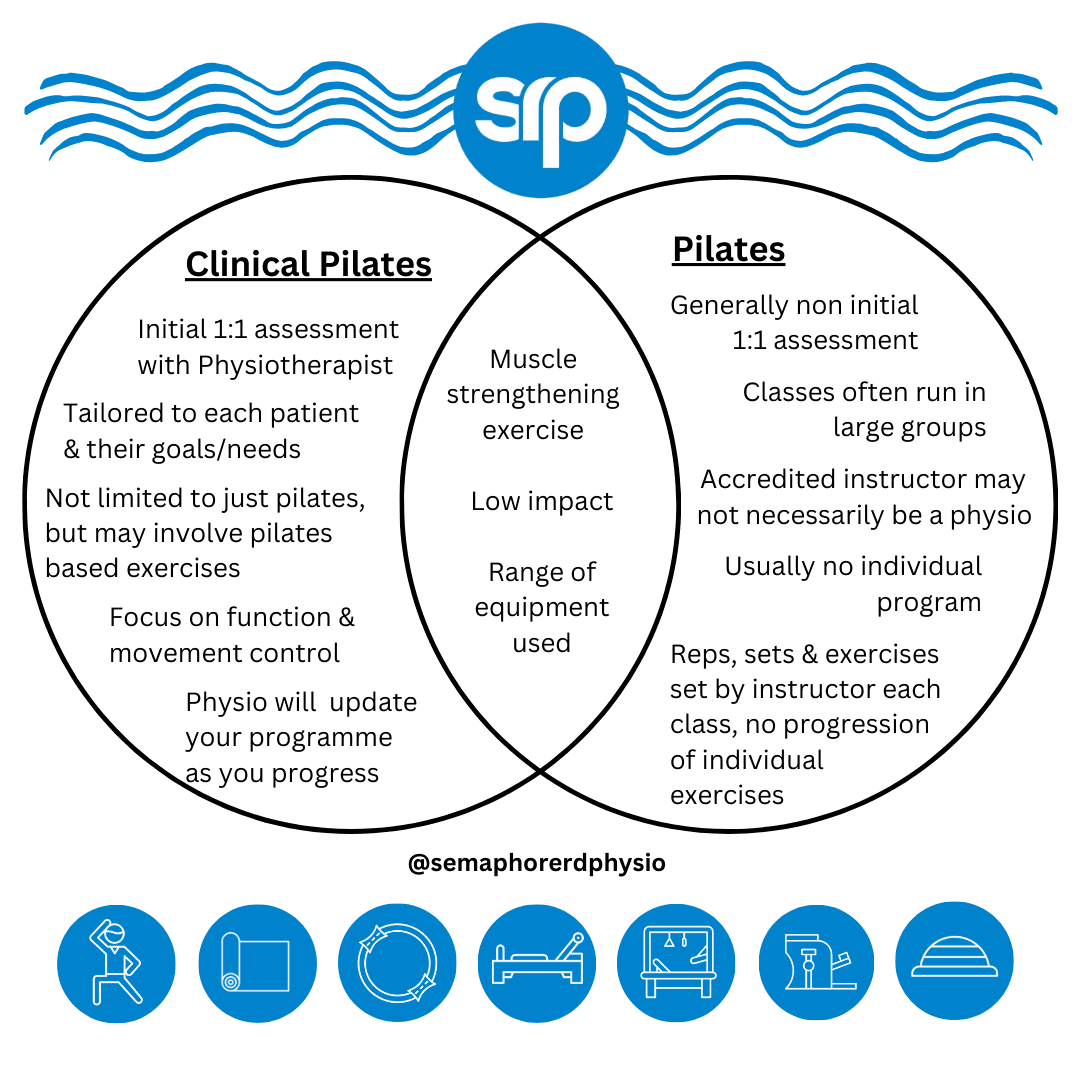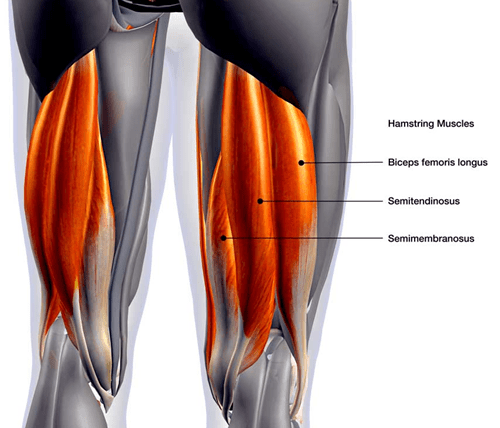WHAT IS THE DIFFERENCE BETWEEN CLINICAL & FITNESS PILATES
By Kirsty Gilbert
CLINICAL PILATES EXERCISE
Clinical pilates exercise is the prescription of an exercise program by a physiotherapist, which is designed to help the individual rehabilitate an injury, reduce pain, or improve another aspect of their athletic performance – just to name a few benefits!
Making use of a variety of pilates equipment, like reformer beds and trapeze tables, clinical pilates exercise can help decrease pain levels, boost strength, increase flexibility, improve joint range of motion, and enhance overall mental and physical health. Physiotherapists will create a clinical exercise programme that is specifically tailored to each individual’s current injury treatment, as well as their current fitness and strength levels. During your one-on-one clinical exercise consultations, the physiotherapist will assess the individual’s biomechanics, flexibility, and strength.
You may progress to our group pilates exercise classes once your physiotherapist is satisfied that your exercise programme is appropriate for your needs or unsupervised pilates exercise once your physiotherapist is satisfied you can perform your specific programme competently and safely on your own.
Group pilates exercise classes are still supervised by a physiotherapist, who ensures that all participants perform their exercises with proper posture and biomechanics. This maintains proper muscle activation patterns and targets the areas you want to work on. Because of this constant emphasis on form and function, many people who suffer from recurring niggles or injuries may find clinical pilates exercise beneficial in improving these.
Unsupervised clinical pilates exercise programmes are reviewed after one month and three monthly thereafter. This involves a one-on-one physiotherapy exercises consultation to review and appropriately progress your individual programme ensuring it is still very specific to your needs, ensuring optimal form and function as well as being a challenge for you.
PILATES
Pilates uses body weight, reformer beds, trapeze tables or mat based pilates equipment to help to improve muscle tone through the abdomen, spine, lower, and upper body.
Pilates classes are delivered by professionally trained pilates instructors, however they may not necessarily be a physiotherapist. The instructor takes the class through a routine of exercises, with each participant completing the same exercise and reps as the other class members. The instructor may change the difficulty of exercises to cater for differing levels of classes’ experience and fitness.
Regular pilates classes are suitable for individuals who have no current injuries and already have a solid foundation of strength flexibility and fitness.







